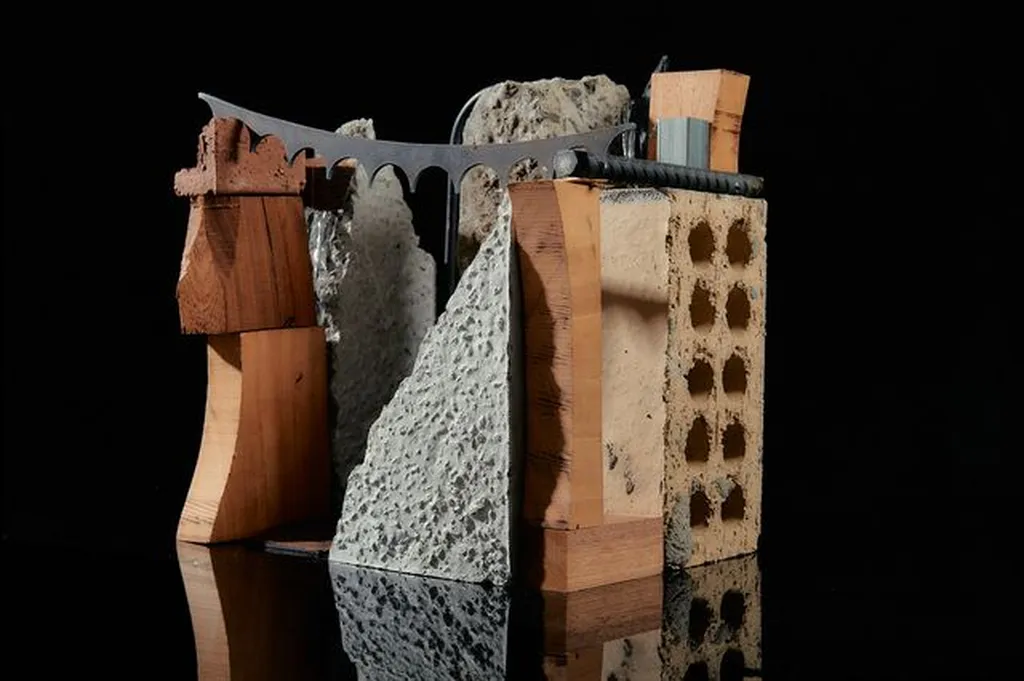In the heart of Brazil, a country that stands as the second-largest producer of iron ore globally, a significant environmental challenge emerges: the management of iron ore tailings (IOT). These byproducts, generated in massive quantities, pose a substantial environmental liability. However, a groundbreaking study led by Vivian Cândido, published in the REM: International Engineering Journal (translated as “Materials and Engineering Journal”), is turning this challenge into an opportunity, potentially revolutionizing the construction industry and offering a sustainable solution for the energy sector.
Cândido and her team have been exploring the potential of using IOT as a raw material for manufacturing bricks and tiles. By mixing residual soil, IOT, sand, and cement, they aim to create a sustainable and cost-effective construction material. “The idea is to transform a waste product into a valuable resource,” Cândido explains. “This not only addresses environmental concerns but also opens up new avenues for the construction industry.”
The research focuses on determining the mechanical parameters of these mixtures to support future numerical analyses in a 3D environment. This involves conducting simple compressive strength tests and applying analytical methodologies to obtain the necessary parameters. The team then verified these parameters through computational simulations using Plaxis 2D software, comparing the results with those obtained from laboratory tests.
The findings are promising. The mechanical parameters derived from the tests and analytical equations accurately represent the mechanical behavior of the mixtures. This means that these parameters can be reliably used for numerical simulations of various civil construction components. “This research demonstrates the feasibility of using iron ore tailings in construction materials,” Cândido states. “It’s a win-win situation for both the environment and the industry.”
The implications of this research are far-reaching. By providing a sustainable and cost-effective alternative to traditional construction materials, it offers a significant commercial impact for the energy sector. The use of IOT in construction can reduce the environmental footprint of mining operations, contributing to a more sustainable energy sector.
Moreover, the methodology developed by Cândido and her team can be applied to other types of waste materials, further expanding the potential for sustainable construction practices. “This is just the beginning,” Cândido notes. “We are excited about the possibilities that this research opens up for the future of construction and environmental sustainability.”
As the world grapples with the challenges of climate change and resource depletion, innovative solutions like this one are crucial. By turning waste into a valuable resource, Cândido’s research not only addresses environmental concerns but also paves the way for a more sustainable and efficient construction industry. The study, published in the REM: International Engineering Journal, serves as a beacon of hope and a testament to the power of innovative thinking in tackling global challenges.

